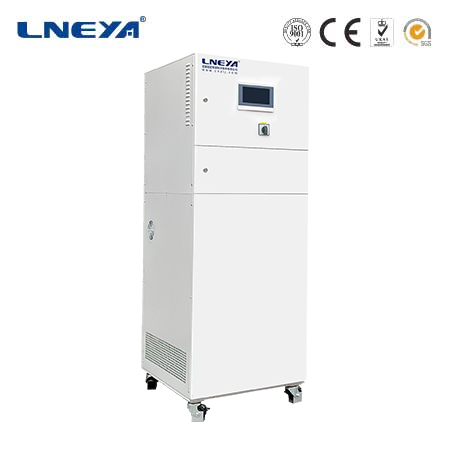temperature for cooling
Introduction to Temperature for Cooling
The concept of “temperature for cooling” is fundamental in ensuring human comfort, maintaining the quality of perishable goods, and optimizing industrial processes. From residential air conditioning to complex manufacturing environments, understanding the appropriate temperatures for cooling is essential.

Temperature for Human Comfort
Thermostat Settings: The ideal indoor temperature for cooling varies but generally falls between 20-24°C (68-75°F) for maximum comfort.
Humidity Levels: Relative humidity plays a crucial role alongside temperature in determining comfort. A balance is necessary to avoid discomfort.
Personal Preferences: Individual perceptions of comfort can vary, with some people preferring cooler temperatures.
Temperature in Industrial Processes
Manufacturing: Specific processes, such as chemical reactions or material成型, require precise temperature control to ensure product quality and safety.
Equipment Operation: Machinery and electronics may have optimal operating temperatures below which they function most efficiently and reliably.
Temperature for Food Preservation

Refrigeration: The typical refrigerator temperature is 2-4°C (35-40°F) to slow bacterial growth and preserve food freshness.
Freezing: For long-term storage, foods are frozen at temperatures below 0°C (32°F) to prevent spoilage.
Importance of Precise Temperature Control
Process Efficiency: In industries like pharmaceuticals and semiconductor manufacturing, precise temperature control is critical to product quality.
Energy Consumption: Cooling systems that operate at optimal temperatures can significantly reduce energy use, leading to cost savings.
Impact on Energy Efficiency and Sustainability
Energy Use: Cooling systems are among the largest energy consumers in many facilities. Proper temperature settings can minimize this impact.
Environmental Considerations: The choice of refrigerants and the overall design of cooling systems can affect their environmental footprint.
Conclusion

Understanding the “temperature for cooling” is vital across various applications, from enhancing human comfort to ensuring the integrity of industrial processes and food safety. The appropriate temperature settings not only influence comfort and quality but also play a significant role in energy efficiency and environmental sustainability.
Note: This article is for informational purposes only and does not endorse any specific product or service. It is essential to consult with a qualified professional when setting up or optimizing a cooling system to ensure it meets the specific requirements of the application and complies with industry standards.
Related recommendations
cooling chillers
366Cooling Chillers: Technology, Efficiency, and Market Trends Cooling chillers play a critical role in temperature regulation across a spectrum of applications, including commercial HVAC systems ...
View detailsWhy does the lab water chiller compressor burn out?
1093Why does the lab water chiller compressor burn out? 1. One of the reasons is that due to a lack of phase, prolonged use can lead to burnout. The refrigeration compressor has correspondi...
View detailswater heater coil
448Water Heater Coil: Enhancing Efficiency and Performance Water heater coils are critical components in both domestic and commercial water heating systems, providing efficient heat transfer to pr...
View detailschilled water chiller
269Chilled Water Chiller Systems: Efficiency and Innovation in HVAC Cooling Chilled water chiller systems are an essential part of modern heating, ventilation, and air conditioning (HVAC) technolo...
View details
 LNEYA Thermal Test Chillers
LNEYA Thermal Test Chillers







HelloPlease log in